wikiHow is a “wiki,” similar to Wikipedia, which means that many of our articles are co-written by multiple authors. To create this article, 23 people, some anonymous, worked to edit and improve it over time.
This article has been viewed 337,042 times.
Learn more...
It often doesn't matter whether someone is asleep or faking; stay quiet around them for politeness' sake, and they will wake up or stand up when they are ready. However, there are a few tricks you can use to tell if your kid is secretly avoiding bedtime, and several more that are appropriate in a potential emergency situation, when someone becomes non-responsive.
Steps
Using Simple Methods
-
1Check for signs of unusual habits. Most people have bedtime rituals, at least including turning off the light, dressing for bed, and getting into bed. Unless someone was exhausted or often takes naps, it's unlikely that they would really fall asleep, fully clothed, in a brightly lit living room.
- If you were around before that person "fell asleep," try to remember if they brushed their teeth, ate a bedtime snack, or completed whichever other rituals they normally do.
-
2Flick the sleeper's upper cheek. Gently flick your index or middle finger off your thumb and onto the sleeper's upper cheek. Repeat two or three times. If you notice the sleeper's eye twitch in response, they are awake. Like many of these tests, the obnoxious sensation may cause fakers to admit the deception on their own.
- Snapping fingers in front of the eye or brushing eyelashes with fingers can cause similar reactions.
Advertisement -
3Observe their breathing. Sleeping people have a more regular, slightly slower breathing rate than an awake person. There are exceptions, such as dreaming people and sufferers of sleep apnea, who breathe in more irregular patterns.[1] A faking person will almost always try to imitate a slow, regular pattern, but as this takes concentration, the pattern will often change within a couple minutes.
-
4Watch their eyelids. A sleeping person's eyelids are gently closed, not tightly scrunched together. During REM (Rapid Eye Movement) sleep, their eyes visibly move underneath the eyelid in rapid, short movements. REM sleep typically doesn't occur until 90 minutes after the person falls asleep, and then only in 10 to 60 minute stages.[2] So while anyone with rapidly moving eyes is almost certainly asleep, calm eyes won't necessarily tell you anything.
In a Potential Emergency
-
1Start with noise and gentle shaking. If you encounter someone apparently asleep on the floor or in an uncomfortable position, or suspect a health-threatening injury, medical condition, or drug abuse, do not hesitate to disturb their slumber. Speak loudly and gently shake them by the shoulders. If they do not respond, call for medical assistance or spend no more than a minute trying one of the tests below first.
- If the person reacts but is not behaving normally, ask them to wiggle their fingers and open their eyes. If they cannot do this, they need medical attention.
-
2Drop their hand on their face. Gently lift one of the sleeper's hands and hold it a couple inches (a few centimeters) above their face, then let go. If awake, the person will usually flinch or move their elbow so the hand does not land on their face. A dedicated faker can remain still for this as well.
- If this does not work but you're still suspicious, try again with the hand six inches (15 cm) above their face. This time, put your own hand a couple inches (a few centimeters) above the sleeper's face, so you can catch their hand if it falls straight down.
-
3Know when to let someone be. When someone is already in an ambulance or a hospital bed, and their general status is already known, it is not always necessary to "call them out" on a fake. Have a professional check for signs of danger; if none are present, let the person continue to fake sleep until doctors require her to be awake.
- In non-urgent hospital situations such as the arrival of a meal or the need for a non-urgent test, try using verbal cues such as "Bob, you've never stuck a tube down someone's throat before, right? Want to try it on this patient?"
-
4Use the sternal rub only when necessary. This technique can be painful or severely obnoxious, and even many EMT professionals prefer to try the methods above first to maintain good will with the patient. If nothing else works and you are concerned for the sleeper's health, place the knuckles of your hand in the center of the person's chest, along their sternum. Rub up and down until they react, or for 30 seconds.
- Try it on yourself first to discover how much pressure is needed; it doesn't take much to cause discomfort.
- Because this can take 30 seconds, it is not advisable in a serious emergency situation.
-
5Use quick, painful methods instead in an emergency. When an EMT (emergency medical technician) needs to know the status of a patient immediately, the EMT may use one of the following methods. These cause significant pain and discomfort, and should never be used unless there is immediate need for information, even if the patient is "clearly" faking.
- Trapezius pinch: Grasp the muscle at the base of the neck with your thumb and forefinger. Twist as you watch and listen for a response.
- Supraorbital pressure: Locate the bony ridge above an eye, and press against the middle of it with your thumb tip while watching and listening. Always press upward toward the forehead, never down toward the eye.
Warnings
- In a potential emergency situation, wake up everyone, no matter what.⧼thumbs_response⧽
- If you have not tried the physical techniques before, begin gently. If you leave marks on the person, you were too rough or went on too long.⧼thumbs_response⧽
References
About This Article
If you want to know if someone is asleep or just faking, try observing their eyelids and breathing patterns for clues. When you look at their eyes, take note if they are scrunched, since a sleeping person’s eyelids will be relaxed. While a person sleeps, they usually enter Rapid Eye Movement sleep after about 90 minutes, so if someone’s eyes are moving rapidly underneath their eyelids, they’re almost certainly asleep. Also watch their breathing and notice the pattern. If they are breathing slower and deeper than usual, they might be asleep. To test the person, lightly flick their upper cheek a couple of times and if their eye twitches, they’re faking. For more help, like how to know if someone is unresponsive and needs medical attention, read on.


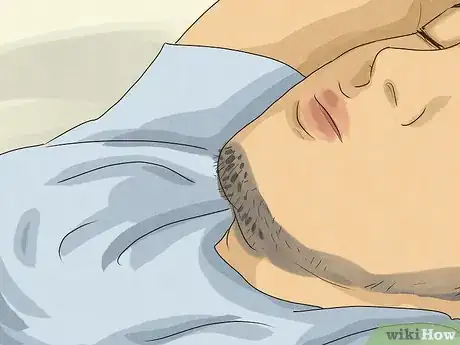

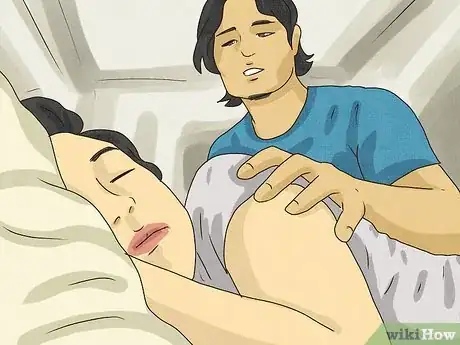

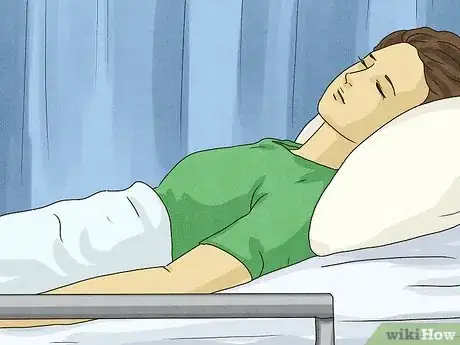
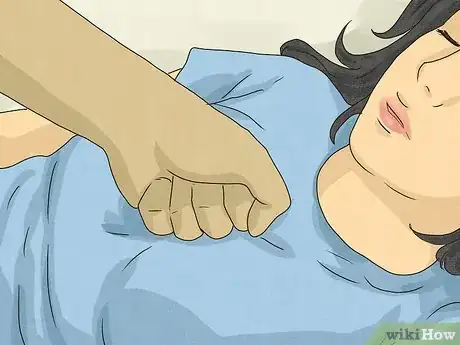
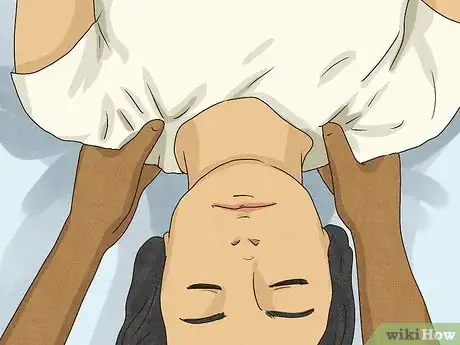


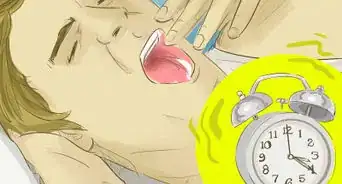


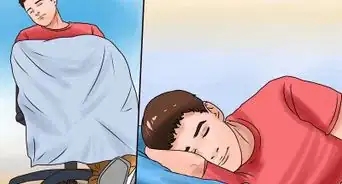



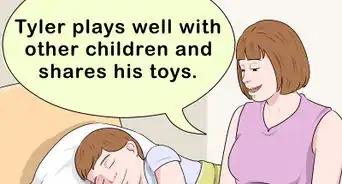










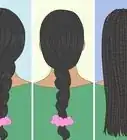
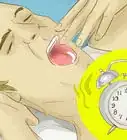




































Medical Disclaimer
The content of this article is not intended to be a substitute for professional medical advice, examination, diagnosis, or treatment. You should always contact your doctor or other qualified healthcare professional before starting, changing, or stopping any kind of health treatment.
Read More...